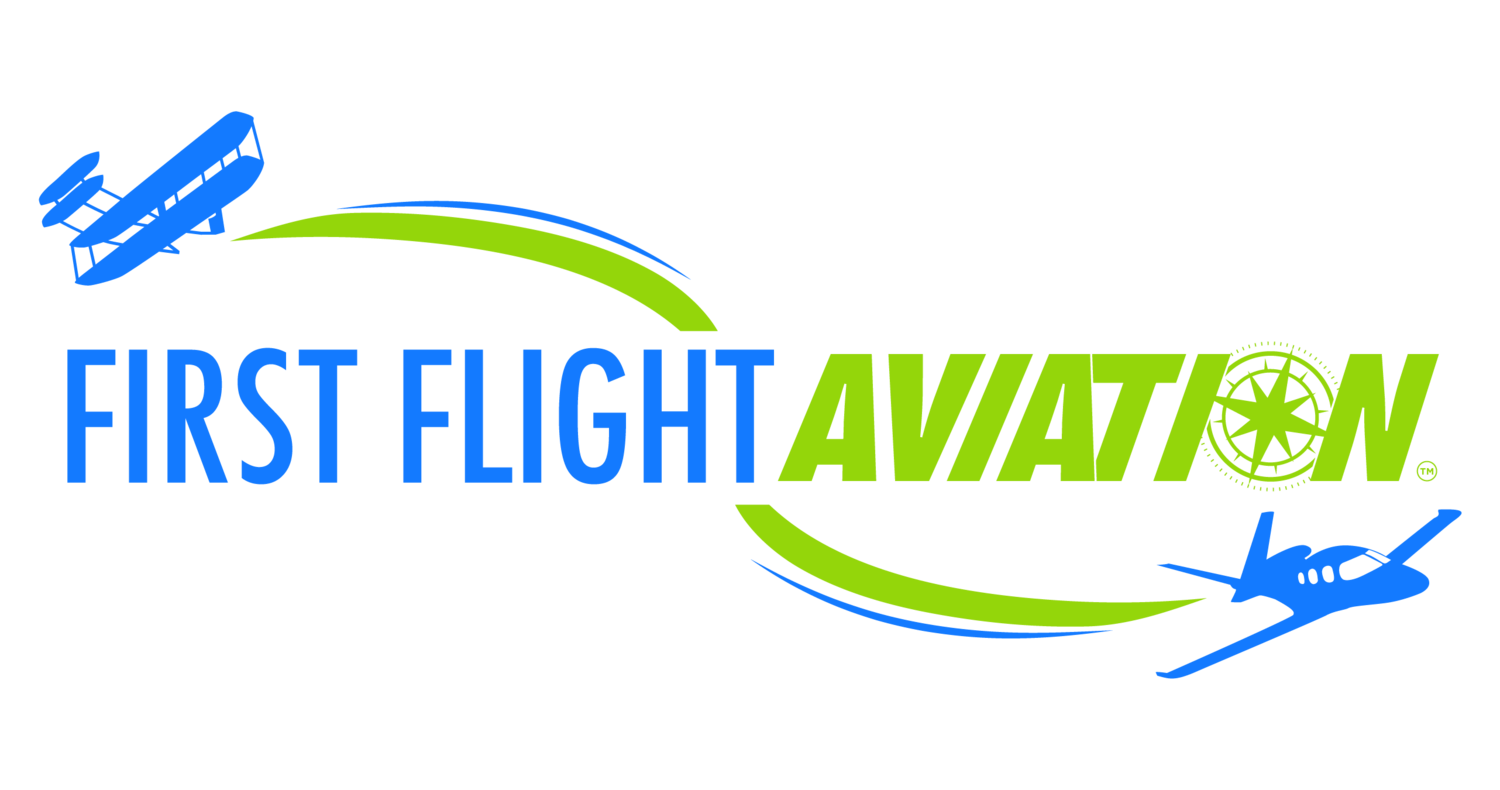Aircraft Autopilots and Automatic Flight Control Systems
As part of promoting aviation safety, autopilots have come a long way in reducing pilot workload during appropriate phases of flights. They are to be used as a resource in those instances, not as a band-aid for poor pilotage. Pilots fly aircraft – autopilots simply aid in it while the pilot monitors. There are a lot of myths floating around regarding these systems. It is important to know the facts and limitations of them.
Call First Flight Aviation! (937) 885-5580
Autopilots vs. Flight Control Systems
There are a lot of variations in autopilot systems, from cutting edge factory installed forward fit to modern digital replacements as retrofits, all with varying levels of performance and limitations.
Examples of Autopilot systems consist of something as simple as a wing leveler using technology that is over half a century old. Others have servos that assist in pitch as well. Most dual servo applications usually can be driven by a selectable aircraft heading source along with basic left/right course following from a navigation source while maintaining a consistent altitude.
Automatic Flight Control Systems (AFCS) can be thought of as autopilots on steroids – they often incorporate automatic aircraft pitch trim and in some cases rudder yaw dampening. With all these elements combined, AFCS often have a higher performance level than basic autopilots. Some of the most advanced systems in select models, installed during manufacturing, are even capable of engine thrust control, full landing, and roll out. This is more common in turbine powered aircraft applications and is yet to become a reality for piston powered applications.
How do they work?
There are two primary ways most Autopilots and AFCS work. Some older analog systems are rate-based, referencing a rate-of-turn gyro (usually the turn coordinator) along with sensing altitude changes through a transducer. Others, including most modern digital systems, are attitude based, referencing either a mechanical attitude gyro or digital Attitude Heading and Reference System (AHRS) unit.
Many basic autopilots rely on a directional gyro heading bug for lateral control. More advanced systems and most AFCS rely on a slaved directional gyro / horizontal situation indicator (HSI) coupled to a magnetometer which serves as an electronic compass. In other instances, GPS is used to guide the autopilot.
Performance based systems often incorporate a Flight Director (FD) that provides pitch and roll indications that are easily depicted on an attitude indicator or digital display.
Altitude sensing comes through transducers interfaced to the system or via air data input to the autopilot or AFCS computer.
Trim sensing is derived through either mechanical cable tension sensor or electronic torque monitoring.
Some of the most advanced Digital Flight Control Systems (DFCS) interface and integrate directly with a primary flight display for AHRS comparator, mode annunciation, altitude preselection, heading bug course guidance, navigation source following, offering full lateral and vertical control of the aircraft.
Limitations
It is important to know what capabilities are present when using an autopilot. For example, a simple wing leveler system is not capable of tracking a fully coupled instrument approach with vertical and lateral precision.
One element that we in the Avionics Department emphasize to operators of recently installed systems is using “the big red button”, aka the disconnect switch. Some systems capable of fully coupled approaches will fly the aircraft all the way down to the runway but it is still the pilot’s responsibility to command a system disconnect when appropriate and land the aircraft by hand otherwise the system can pancake an aircraft right into the runway at touchdown zone.
Another limitation is that of low cost vs. high cost systems. Autopilots and AFCS are truly “you get what you pay for” instance. The lower cost the system, the lower the performance and capability. The higher the cost the system, the higher the performance and capability. For example, some of the budget 2 axis pitch/roll systems do not offer trim and rely on GPS to work correctly whereas some of the more advanced 3 axis pitch/roll/yaw with auto trim systems are significantly more robust offering numerous advanced modes, such as maintaining a selected indicated airspeed, vertical speed, climb to and maintain a preselected altitude, full instrument approach coupling, etc.
For best performance, periodic checks of mechanical system components is critical to maintaining best performance. Servo motors and clutches wear out. Bridle cable tensions can loosen. Software updates can improve performance. Work with an expert to ensure your system is running as it should.
Key takeaways:
• Autopilots are to be used as a resource, not a crutch.
• Not all autopilots are created equal – know the system capabilities.
• There are no retrofit systems that will automatically land a small aircraft.
• There are some systems that can precisely control the aircraft in numerous axis and modes. • Remember the “big red button” – autopilot disconnect is there for a reason.
Summary:
Autopilots and AFCS can vary from simple to complex systems with varying levels of capability. It is important to understand the limitations of the specific system, if present, in the aircraft an operator may fly.
Did you know that the Avionics Department at First Flight Aviation has tremendous experience installing and servicing these systems? Everything from the most basic to the most sophisticated 3-Axis DFCS… let our Experts assist you in maintaining, updating, integrating, or educating you on your specific needs. The Avionics Team can be reached from the company website: Contact Us
